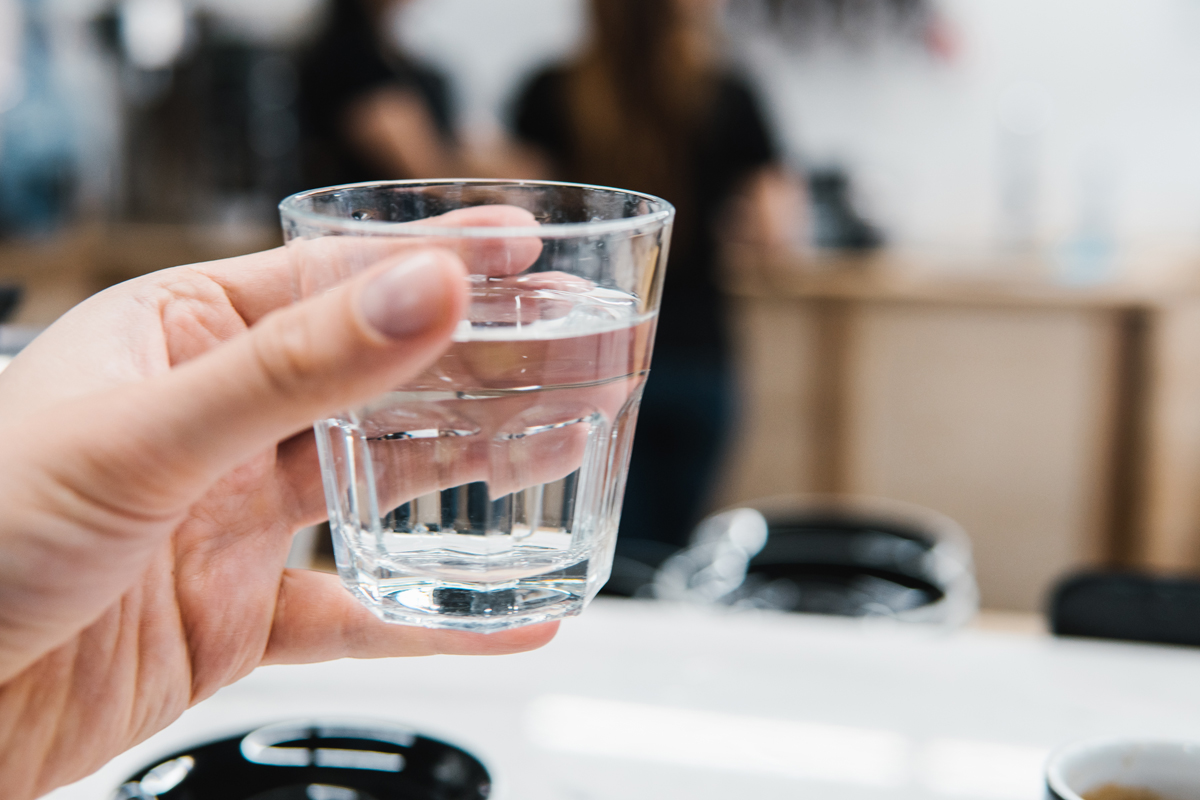Soft and hard water can taste noticeably different, and the difference comes from their mineral content.
Here’s the breakdown:
-
Hard water contains more dissolved minerals, mainly calcium and magnesium. These minerals can give it a slightly “earthy,” “metallic,” or even “mineral-sweet” flavor depending on the source. If it’s very hard, you might even detect a faint chalkiness.
-
Soft water has most of these minerals removed (either naturally or via water softening). It can taste smoother but sometimes also flatter or even slightly salty if sodium-based softening is used.
A few extra quirks:
-
People who grew up with one type often think the other “tastes wrong” at first.
-
Extremely soft water can taste more like distilled water — neutral but lacking that mineral “bite.”
-
Bottled mineral waters are essentially pleasant-tasting hard waters, which is why they often seem more flavorful.
The minerals in hard water change taste perception because they interact with our taste receptors and influence the overall “mouthfeel” of the water.
Here’s the chemistry behind it:
1. Direct Activation of Taste Receptors
-
Calcium and magnesium ions can stimulate the same receptors in your tongue that detect saltiness and bitterness.
-
Calcium in particular gives a faint sweetness at very low levels and a chalky/bitter note at higher concentrations.
-
Magnesium tends to lean more bitter than calcium, which is why extremely hard water can taste “off” to some people.
2. Mouthfeel & Texture
-
Minerals add body to the water, making it feel “heavier” or “fuller.”
-
Soft water, by contrast, can feel thinner or almost “slippery” (especially if sodium-based softening is used, because sodium slightly changes water’s viscosity and surface tension).
3. Flavor Carrying
-
Minerals can bind to and subtly enhance flavor molecules.
-
That’s why tea, coffee, and cooking often taste different depending on the water hardness — hard water can emphasize certain bitter or earthy compounds, while soft water can make flavors taste brighter but sometimes less complex.
4. Sodium Swap in Soft Water
-
In sodium-exchange softening, calcium and magnesium are replaced with sodium.
-
Even though the sodium levels are usually low, our tongues are extremely sensitive to it, so soft water can have a faint salty note.
Salt Works USA In Arizona
At Salt Works we strive to meet the salt delivery needs for the entire Phoenix valley. Proudly serving the great state of Arizona for over 20 years, Salt Works has become a leading provider for salt and water treatment needs by earning the trust of our valued customers. We promise to build on our strong foundation and reputation through exceptional customer service and quality of our products. Contact us today!






